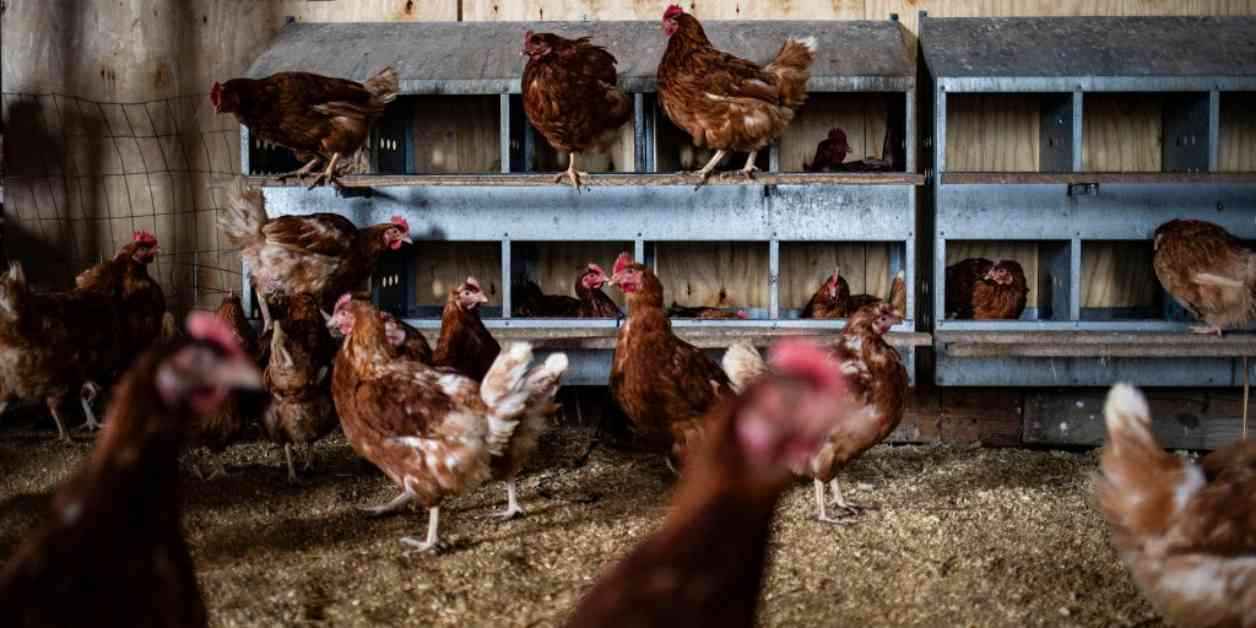The recent outbreak of bird flu in the United States has been a cause for concern among health experts and veterinarians alike. While the spread of the virus has slowed in recent weeks, the approaching migration of wild birds to the northern regions of the country poses a new threat. Compounded by sweeping cuts to federal health resources, including key personnel in the Department of Health and Human Services, the nation’s ability to effectively monitor and respond to avian influenza is at risk.
Dr. Meghan Davis, an associate professor at the Johns Hopkins Bloomberg School of Public Health and a former dairy veterinarian, expressed her concerns about the reduced capacity for active surveillance and investigation into the spread of the virus. With fewer eyes on the ground, local health officials and veterinarians may struggle to contain potential outbreaks and track the virus effectively.
The ongoing bird flu outbreak, described as the worst in U.S. history, has had far-reaching impacts on the poultry industry, driving egg prices to record highs. While there has been a decline in the number of outbreaks in poultry and cattle, health experts caution that the upcoming spring migration could lead to a resurgence of cases, especially in May and June when bird populations typically peak in the continental U.S.
Challenges in Tracking and Containing Bird Flu
Tracking the scope of the bird flu outbreak in the U.S. has proven to be a complex task. The number of confirmed outbreaks in poultry decreased from 133 flocks in January to 53 flocks last month, indicating a positive trend. Similarly, outbreaks in cattle fell from 253 herds in November to 21 herds last month. However, the widespread culling of birds on affected premises has resulted in the loss of millions of domestic birds, further complicating the situation.
Experts note that the unpredictable nature of the current outbreak, coupled with limited data on cases and testing, makes it challenging to anticipate the virus’s spread and evolution. Stacey Schultz-Cherry, an influenza researcher at St. Jude’s Children’s Research Hospital, emphasized the need to remain vigilant, as new variants of the virus could emerge without warning. The migration of wild birds from South America to the U.S. presents a potential risk of introducing novel strains that could further complicate efforts to contain the outbreak.
Impact of Federal Staff Cuts on Bird Flu Response
The recent cuts to federal health resources, including the termination of over 140 staff members from the FDA’s Center for Veterinary Medicine, have raised concerns about the country’s ability to effectively respond to the bird flu crisis. Dr. K. Fred Gingrich II, executive director of the American Association of Bovine Practitioners, underscored the critical role of FDA staff in developing protocols for research and drug development, which are essential for combating avian influenza.
The FDA’s involvement in the bird flu response extends beyond birds, with reported cases of domestic cats infected with the virus. The agency’s efforts to improve diagnostic tests for bird flu and conduct studies on virus inactivation have been instrumental in safeguarding public health. However, the suspension of key initiatives due to staff cuts could hamper ongoing efforts to monitor and respond to the outbreak effectively.
In conclusion, while the risk to the public remains low, the unchecked spread of bird flu poses a significant threat to both humans and animals. Experts warn that continued cuts to federal health resources could hinder the country’s ability to track and contain the virus, especially as outbreaks cross state lines. As the nation braces for the upcoming spring migration, maintaining a robust response to the bird flu crisis is essential to safeguarding public health and preventing further escalation of the outbreak.














